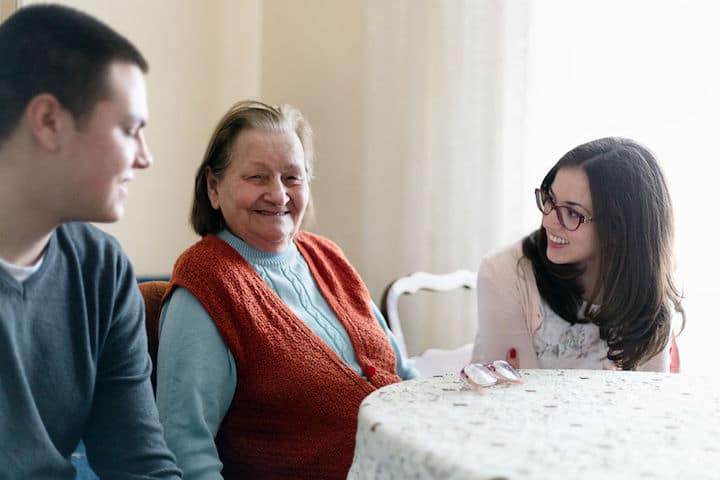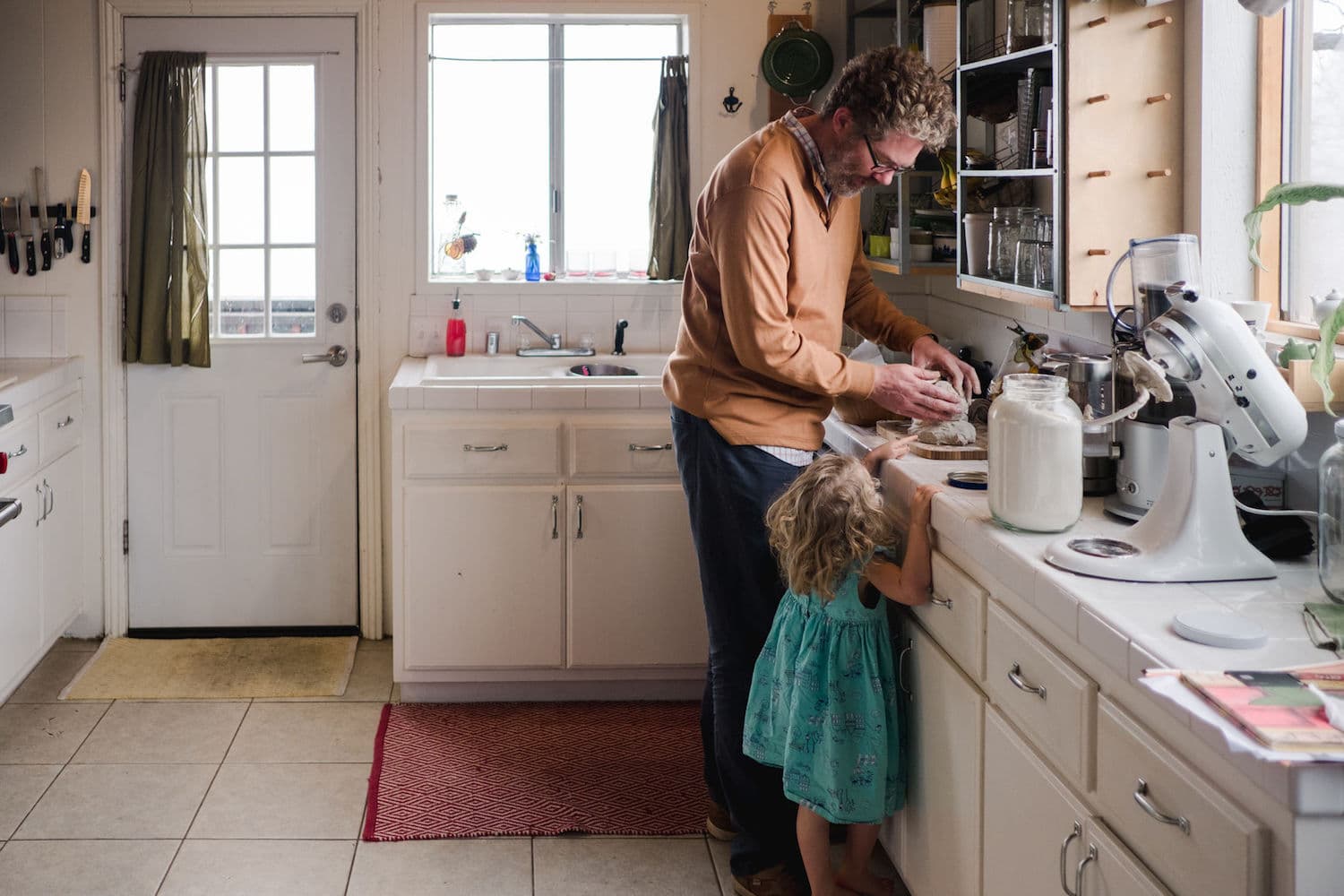
Millennials are getting older… and so are their parents. This means it’s time to start thinking about caregiving responsibilities, and how you’ll handle them if — and when — they come up.
After all, a lot of us will become caregivers at some point in our lives. Roughly one in four caregivers is already a millennial, most hold another job at the same time and spend an average of 20 hours per week providing care for their loved ones, according to the AARP Public Policy Institute.
Caregiving isn’t just about eldercare. Millennials can find themselves caring for a child with special needs or a partner with a disability. If you are facing an unexpected caregiving role or anticipate taking on a caregiving responsibility, here’s what you need to do.
Find caregiving resources
Millennials new to caregiving might not realize that there are numerous resources they can access at the federal, state and local levels.
The U.S. Department of Health and Human Services offers a long list of federal and state resources to help caregivers, from information on Medicaid to guides on helping loved one’s age at home.
The National Family Caregiver Support Program helps caregivers use counseling and respite care services and works to connect caregivers with private and voluntary agencies that can provide additional resources.
Visit your state government website to learn more about caregiving resources, and get to know the local caregiver support services in your area — they’re likely to know the best ways to help your loved one get the best care possible.
Set up a support structure
Caregiving is a big job — so don’t go it alone. Having a support structure can make the difference between a positive caregiving experience for both you and your loved one, and a stressful, exhausting experience that prevents you from adequately providing care to either your loved one or yourself.
In addition to government-provided caregiving support and resources, your support structure can include family, friends, church or social group members, millennial peers with caregiving responsibilities and so on. You’re going to want people with whom you can have honest conversations about the challenges of caregiving, and you’re also going to want people who can provide hands-on support, either by taking care of your loved one or taking care of you.
Millennial parents with a special-needs child, for example, might consider inviting their parents to live with them — in a multigenerational home, grandparents can care for their grandchildren while the parents are at work, and the parents can in turn care for their grandparents as they age.
Building your network of support, whether it’s an aunt who visits every other weekend to give you a break from eldercare or a group of friends who bring dinner and board games to your place one night a week, is a crucial component of caregiving. Don’t forget about support groups, which are some of the best places to talk about your struggles with people who are sharing similar experiences — and if you can’t find a support group for millennial caregivers, see if you can start your own.
Why life insurance
Life insurance is a financial safety net for your partner, your kids, your life...
Read moreBalance caregiving and a job
Millennial caregivers shouldn’t have to sacrifice their prime earning years or jeopardize their long-term financial future. Depending on the level of care involved, millennials have many ways to keep working — and even build their careers — while caring for a loved one. Here are some options you can pursue:
- Ask your employer for a flexible work schedule that gives you the opportunity to take care of loved ones during the day
- Use home health care aides or adult day care services to care for loved ones
- Take on freelance or consulting work that can be completed while caregiving
- Look into part-time side hustles or job-sharing options
- Combine caregiving work with a partner — for example, each of you could go into the office for a few days a week and work remotely for the rest of the week
- Ask your support structure to help care for your loved one while you are at work — for example, a family friend who is a retiree could help provide care for an aging parent
Your employer is likely to have resources to help you as you take on caregiving responsibilities, so talk to your HR department and learn about what’s available.
Take time for yourself
One of the challenges of caregiving work is learning how to provide care for others while also taking care of yourself. Caregiver burnout is both real and all too common — and symptoms include everything from insomnia to depression.
As the ALS Association explains:
The best thing a caregiver can do for their loved one is to stay healthy. Caregivers need to respect their bodies by taking the signs of exhaustion, stress, sleeplessness, and changes in appetite or behavior seriously. Ignoring these symptoms can cause a person’s physical and mental health to decline.
It’s important that millennial caregivers continue to prioritize their own health and well-being, making time for exercise, social activities and periods of rest and relaxation. Advice columnist Captain Awkward has an excellent series of tips for people trying to balance caregiving and self-care:
Right now, put a vacation on the calendar for sometime in the next six months, even if it’s just a long weekend away. Schedule doctor’s checkups for you, regular haircuts for you, the odd massage or other self-care pampering thing for you. If you can afford to, automate/outsource some of the tasks in your life that stress you out and feel like drudgery.
Taking time for yourself is often easier said than done, especially when providing care to a loved one who has time-consuming needs or requires constant supervision. However, caregivers still have options. Family or friends can provide support, either by taking on caregiving responsibilities or making sure the primary caregiver has quality food, social contact, etc. Caregivers can also use respite care services if they need a night or a weekend off, or hire home health care aides to share some of the caregiving work.
Eventually, the work of long-term caregiving may become unsustainable, especially in a situation where a loved one’s condition may continue to deteriorate. At that point, caregivers should not feel guilty about considering other caregiving options, such as nursing homes. Remember that your job as a caregiver is to provide the best care possible to your loved one, and sometimes that care needs to come from trained professionals.
If your loved one has an accelerated benefits rider or a long-term care rider on their life insurance policy, this process may become both easier and more affordable — so talk to your parents and loved ones now about what they envision happening when they reach a stage of their life in which they need more care. Then work together to make plans that will ensure they get the care and support they need.
Nicole Dieker is a full-time freelance writer. Her work regularly appears on Bankrate, Lifehacker, The Write Life and numerous other sites. She is the author of Frugal and the Beast: And Other Financial Fairy Tales. This article is sponsored by Haven Life Insurance Agency. Opinions are her own.
Haven Life Insurance Agency offers this as educational only, and the information provided is not written or intended as specific legal advice. Haven Life Insurance Agency does not provide legal advice. Individuals are encouraged to seek advice from their own legal counsel.
The post What millennials should know about caregiving appeared first on Blog | Haven Life | Life insurance & Personal Finance Tips.
from Blog | Haven Life | Life insurance & Personal Finance Tips https://ift.tt/2Xtus8C

ConversionConversion EmoticonEmoticon